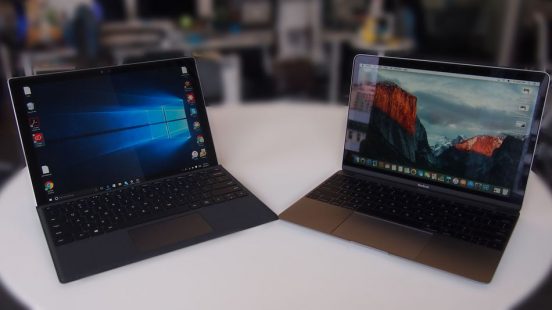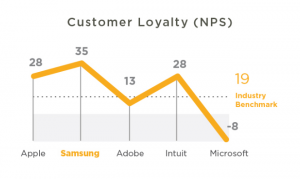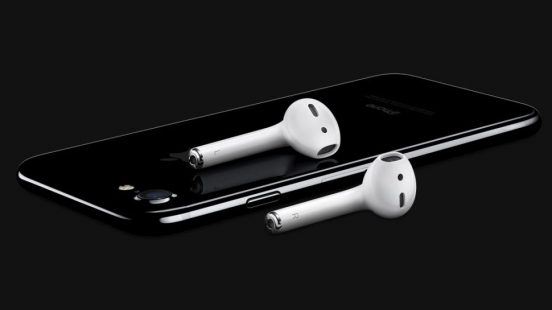Decades ago, before Frank Ocean, John Legend, and Spotify, there was Frank Sinatra, John Lennon, and dropping needles on vinyl records. The years between of going from buying albums at record stores to entering a credit card number for unlimited online music streaming is what Commerce 101 students call: “disruptive innovation.”
To see where the music retail industry is headed to in the near future, I was inspired by my classmate John Zhang’s blog on Netflix where it is seen how Netflix has grown to essentially becoming the entire film retail industry. Due to Netflix’s innovative entrance into the film retail industry, incumbent companies such as HMV and BlockBuster were displaced and ran out of business. With this background in mind, I believe that iTunes will also soon follow this path of these companies and become obsolete.
Historically, disruptive innovation in the music industry has done its fair share in sourcing the fall of incumbent music formats. Up until the 1980s, vinyl record companies such as Columbia and Atlantic Records dominated the music retail industry with their pricey and “skippy” records. Through the technological innovation of the CD however, music enthusiasts in the 1980s to 1990s were made able to purchase albums at prices that did not require an expensive turntable setup, this also came along with being able to listen on the go and without having to clean the discs like they had to with the “skippy” vinyl records. Through the CD, several of the incumbent vinyl record companies, similar to HMV and BlockBuster, were run out of business. In the early 2000s, with the introduction of iTunes music purchasing, CDs companies, similar to the vinyl record companies, were also knocked out of the race, and this brings us back to the present day with the innovation of online music streaming.
At the peak in 2012, iTunes music downloads generated $3.9 billion, since then, sales have been on the decline and is projected by independent music analyst Mark Mulligan to drop to a mere $600 million by 2019 as customers are drawn towards streaming services such as Spotify, Apple’s own Apple Music, and the newly launched Amazon Prime Music. Furthermore, my hypothesis that iTunes will soon become displaced is reinforced with the recent resurgence of CD and vinyl records collectors, as iTunes will not be able to offer customers the physical copy of the album as CD and records do, and not being able to offer the low flat rates of streaming services for unlimited music.
Word Count: 419
Sources:
http://www.claytonchristensen.com/key-concepts/
https://blogs.ubc.ca/johnzhang/2016/10/18/blog-post-3-netflix/
http://www.timeslive.co.za/incoming/2013/04/05/record-player-vinyl-lp/ALTERNATES/crop_630x400/record+player+vinyl+LP





